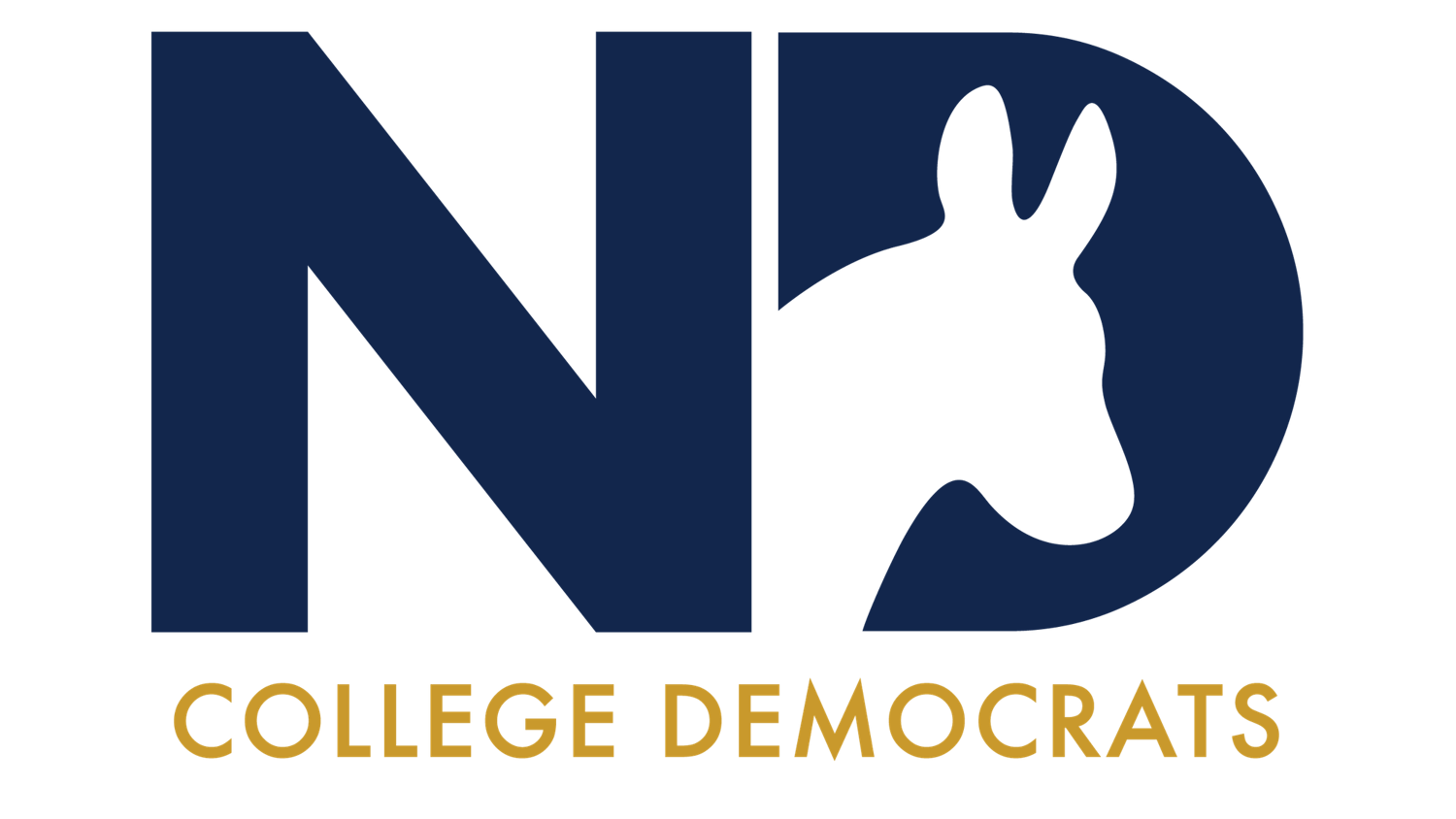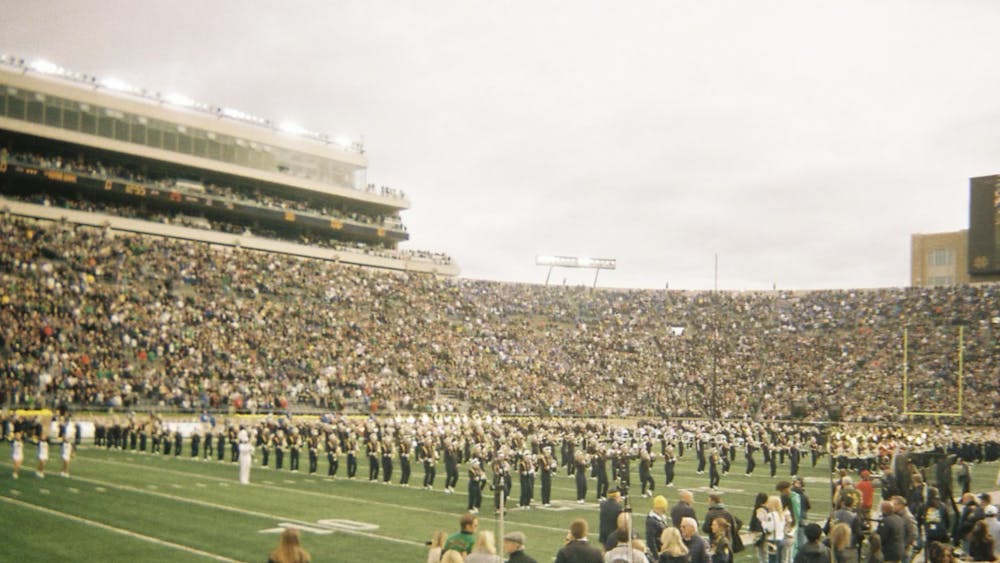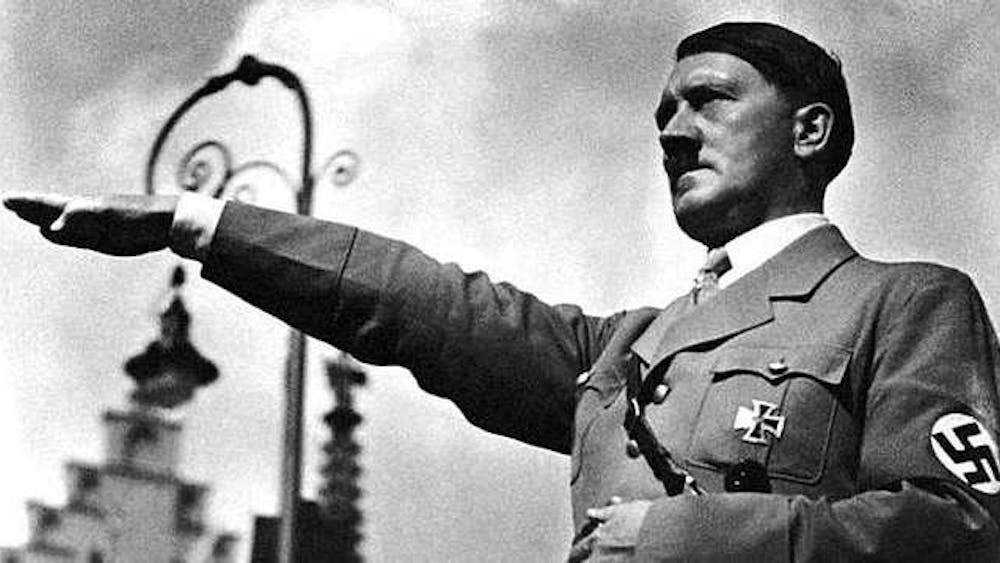The Occupy Wall Street (OWS) movement is particularly fascinating to watch. Similar to many populist movements, it has come out of nowhere, and a mix of economic frustration, media coverage and traction has expanded it more than anyone could have imagined.
The main premise of Occupy Wall Street is that the 99 percent (a group that represents the bottom 99 percent of income earners) protest against the one percent (the top one percent of income earners). What many people do not realize is that this premise comes with an inherent irony: The 99 percent's political beliefs are so extreme that they represent the beliefs of only a small percentage of the population (one percent perhaps?). Those who Occupy Wall Street are generally part of the extreme left, a group that was politically active long before Occupy Wall Street started. The 99 percent is not the first, nor the last, extremist group to claim they represent the American people. For example, the Tea Party, a relatively small group made up of people from the extreme right, also claimed to represent the American people.

The group that really represents the vast majority of Americans is the "Silent Majority." Silent Majority was a term popularized by Richard Nixon to describe the majority of Americans who did not engage in the protests against the Vietnam War amidst the increasing visibility of the protesters in the news.
As Joe Klein pointed out in a recent "Time" magazine article, there is still a Silent Majority in America. The Silent Majority is composed of Americans who hold moderate views, are not active in politics and have low voter turnout rates. The Silent Majority does not fear a government takeover of health care, but it does fear the annual rise in their health care premiums. The Silent Majority does not call for the abolishment of student loan debt, but it wonders what will happen if it works hard and saves but still can't afford to put kids through college. If there was ever a group that could be labeled "the 99 percent," it is the Americans who belong to the Silent Majority.
The reason the Tea Party and OWS seem more representative than they actually are is due to their high turnout in American elections amidst embarrassingly low voter turnout by the Silent Majority, especially in primary elections. The prominence of extremes, left and right, over the past few decades has fueled the rise of a new generation of partisan politicians. It is not hard to see the political effects of this influence, as moderates perpetually lose to extremes in elections, and moderates in both parties move to the extremes to win their party's nomination.
As of right now, the main issue the Tea Party protests against is mounting deficits, and the main issue the 99 percent protests against is large income inequality. However, the main problem with protesting against deficits and income equality are that they are both symptoms of a larger problem: a less competitive America.
Over the past thirty years, technological advancement and globalization has created a more competitive world. This is a world in which America was, and currently is, unprepared to compete. The less competitive America has hollowed the middle class, leading to the economic inequality that the 99 percent protests against, and it has also increased the demand for the expensive social programs that have become the main drivers of the deficits that the Tea Party protests against. Like any good physician would say: You can't cure someone by treating only the symptoms of a disease; you need to treat the causes.
Treating the causes of America's lack of competitiveness means structural reforms to health care, infrastructure, immigration, education, energy and the tax code. I could go into detail about how leaving these unreformed makes for a less competitive America, but that would require much more than an 800-word opinion editorial.

Both the Tea Party and the 99 percent have ideas on how to best reform these components of the economy. But they often don't realize that the only way big reforms happen in America is through bipartisanship because no one political party can ever accomplish the "big things" alone. Civil Rights in 1964 and Social Security reform in 1983 were both big, extremely controversial reforms and only happened because Democrats and Republicans were able to come together. There is no shortage of big reforms that America needs, just a shortage of leaders able to cooperate and get them done.
Unfortunately, coming together is impossible if groups that make up one percent of the population like the Tea Party and Occupy Wall Street fuel partisan politicians who tear Americans apart. This will only end when the one percent groups are overshadowed by a Silent Majority of Americans determined to take their country back.
Adam Newman is a junior finance major. He can be reached at anewman3@nd.edu
The views expressed in this column are those of the author and not necessarily those of The Observer.












